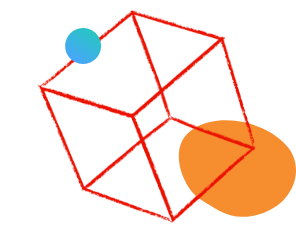Json to livecycle
![]()
- Mark as New
- Follow
- Mute
- Subscribe to RSS Feed
- Permalink
- Report
Does anyone know if you can use Json to connect a database to a form in Livecycle?
Solved! Go to Solution.
Views
Replies
Total Likes

- Mark as New
- Follow
- Mute
- Subscribe to RSS Feed
- Permalink
- Report
It is possible but not trivial. Designer supports XML, SOAP, HTTP name-value pairs and mapping to a database schema. It does not natively support JSON. I suspect you will have to wrap the JSON object in XML, SOAP or a HTTP name-value pair for transport, load a hidden field or the data DOM and then parse the JSON object to map to the form fields.
Steve
Views
Replies
Total Likes

- Mark as New
- Follow
- Mute
- Subscribe to RSS Feed
- Permalink
- Report
Are you referring to connecting a Designer form to a database the uses JSON for storage or transport?
Steve
Views
Replies
Total Likes
![]()
- Mark as New
- Follow
- Mute
- Subscribe to RSS Feed
- Permalink
- Report
transport. I need to use it to extract data from a database to prefill some fields in my form. Thanks.
Views
Replies
Total Likes

- Mark as New
- Follow
- Mute
- Subscribe to RSS Feed
- Permalink
- Report
It is possible but not trivial. Designer supports XML, SOAP, HTTP name-value pairs and mapping to a database schema. It does not natively support JSON. I suspect you will have to wrap the JSON object in XML, SOAP or a HTTP name-value pair for transport, load a hidden field or the data DOM and then parse the JSON object to map to the form fields.
Steve
Views
Replies
Total Likes
![]()
- Mark as New
- Follow
- Mute
- Subscribe to RSS Feed
- Permalink
- Report
Sounds a bit complicated. I will find another way. Thanks for your help.
Views
Replies
Total Likes
Views
Likes
Replies
Views
Likes
Replies



